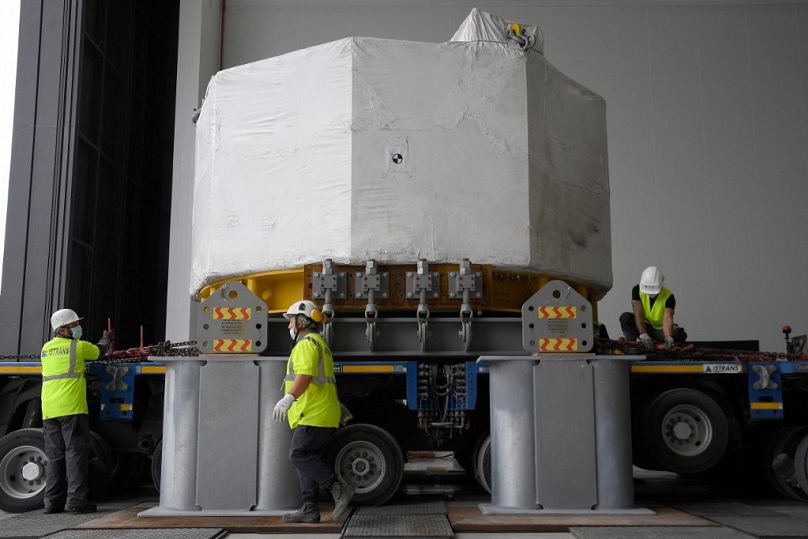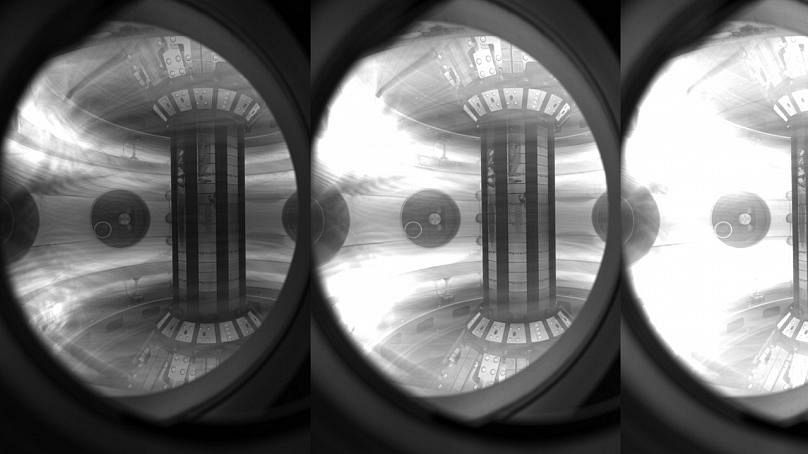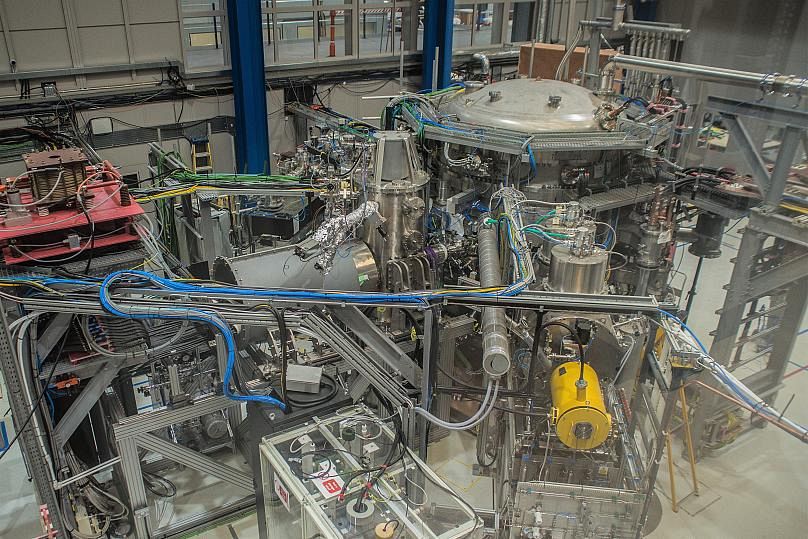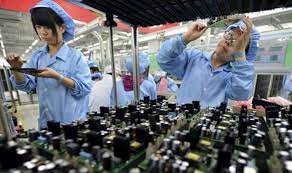China, UK seek to generate energy through nuclear fusion as it experiments with ‘Artificial Sun’

Scientists who have worked for decades to reduce dependence on fossil fuels and produce low-carbon energy are looking for solutions by creating an “artificial sun” in the world through nuclear fusion experiments.
Scientists are sending 140,000 amps of electricity into a hydrogen gas cloud, trying to combine hydrogen atoms and create helium through fusion. This fusion is the power that holds the sun together.
Such an experiment would not make the earth the new sun in the solar system, but could pave the way for cheap and clean energy, it said. The challenge for scientists is to find a way to do it safely.
China announces new experiment
China’s Hefei Institute of Physical Sciences is pursuing methods for nuclear fusion that create power by unifying nuclei that go beyond just atom decomposition. In other words, scientists are trying to “fit the sun in a box.”
Scientists at Hefei are trying to create temperatures as high and continuous as the “artificial sun”, that is, the sun, with the Advanced Superconducting Tokamak Experiment. In this context, a new experiment was carried out.
Close to $900 million has been invested in ring-shaped machines called buckle, where these experiments were produced. The clasp boils hydrogen isotopes at extremely high temperatures, converting them into plasma and combining them to release energy.
China, which has been conducting fusion research since 1958, stresses that international cooperation is more important than competition at this stage. China is a member of ITER, a “giant” nuclear fusion project being built in France. The project, under construction in France, has a budget of 10 billion euros.
China’s responsibility in this project is to produce the components needed for ITER to be magnetically holding and durable up to 100 million degrees Celsius. ITER plans to produce the first plasma in 2025 and plans to build a sample reactor that will produce 500 megawatts of energy with 50 megawatts of power.
Scientists who have worked for decades to reduce dependence on fossil fuels and produce low-carbon energy are looking for solutions by creating an “artificial sun” in the world through nuclear fusion experiments.
Scientists are sending 140,000 amps of electricity into a hydrogen gas cloud, trying to combine hydrogen atoms and create helium through fusion. This fusion is the power that holds the sun together.
Such an experiment would not make the earth the new sun in the solar system, but could pave the way for cheap and clean energy, it said. The challenge for scientists is to find a way to do it safely.
China announces new experiment
China’s Hefei Institute of Physical Sciences is pursuing methods for nuclear fusion that create power by unifying nuclei that go beyond just atom decomposition. In other words, scientists are trying to “fit the sun in a box.”
Scientists at Hefei are trying to create temperatures as high and continuous as the “artificial sun”, that is, the sun, with the Advanced Superconducting Tokamak Experiment. In this context, a new experiment was carried out.
Close to $900 million has been invested in ring-shaped machines called buckle, where these experiments were produced. The clasp boils hydrogen isotopes at extremely high temperatures, converting them into plasma and combining them to release energy.
China, which has been conducting fusion research since 1958, stresses that international cooperation is more important than competition at this stage. China is a member of ITER, a “giant” nuclear fusion project being built in France. The project, under construction in France, has a budget of 10 billion euros.
China’s responsibility in this project is to produce the components needed for ITER to be magnetically holding and durable up to 100 million degrees Celsius. ITER plans to produce the first plasma in 2025 and plans to build a sample reactor that will produce 500 megawatts of energy with 50 megawatts of power.
A UK firm is racing against time to develop this technology
In the UK, a private firm is racing against the clock to develop the same technology. Tokamak Energy, a firm near Oxford, can raise the temperature at its nuclear reactor by up to 50 million degrees Celsius. That’s twice the temperature in the center of the sun.
The next goal of the company’s experiments, which achieves this mind-boggling temperature, is to find out if nuclear fusion produces more energy than it consumes.
Is nuclear fusion dangerous?
The nuclear disasters at Chernobyl and Fukushima raise the question of whether nuclear fusion, in which very high temperatures are produced, is dangerous.
Scientists stress that nuclear physics and fusion are different things. Physio burning, division, disintegration; Fusion means melting, merging.
In order for the plasma to merge, it must be heated up to 10 times the solar temperature, which turns two hydrogen nuclei into a helium nucleus.
The fusion process takes place in the slap. This machine prevents enough heated plasma to touch the ends to melt everything it touches. In the event of an error in the fusion reactor, the device stops itself, so there is no danger of extreme heat coming out.
In nuclear physics, energy is energy generated by dividing a “heavy” atom, which is usually used uranium, in two. This disintegration process creates a huge amount of radioactive waste, which can be dangerous for years to come.
Fusion does not produce a leak, as it did in the 1986 Chernobyl disaster. Therefore, for example, Tokamak Energy’s facility in Didcot does not have a restricted area.
When can nuclear fusion become a usable source of energy?
Nuclear fusion releases far more energy than burning fossil fuels, but scientists say the answer to the question of when that energy can be made available for daily use depends on the success of these experiments.
If “artificial suns” can be created on Earth as a result of these experiments, fusion energy can pave the way for green transformation along with other natural resources such as solar, wind and wave. The hydrogen required for fusion can also be obtained from seawater.
This transformation could happen faster than expected, with governments giving serious support to the technology that British scientists have been working on for the past 50 years. The British government invested £10m in Tokamak Energy last year.
Scientists dream of nuclear fusion, or thermonuclear energy plants, one day connecting to the national grid and lighting up homes and streets. It is hoped that these specimens will multiply and spread all over the world.
















